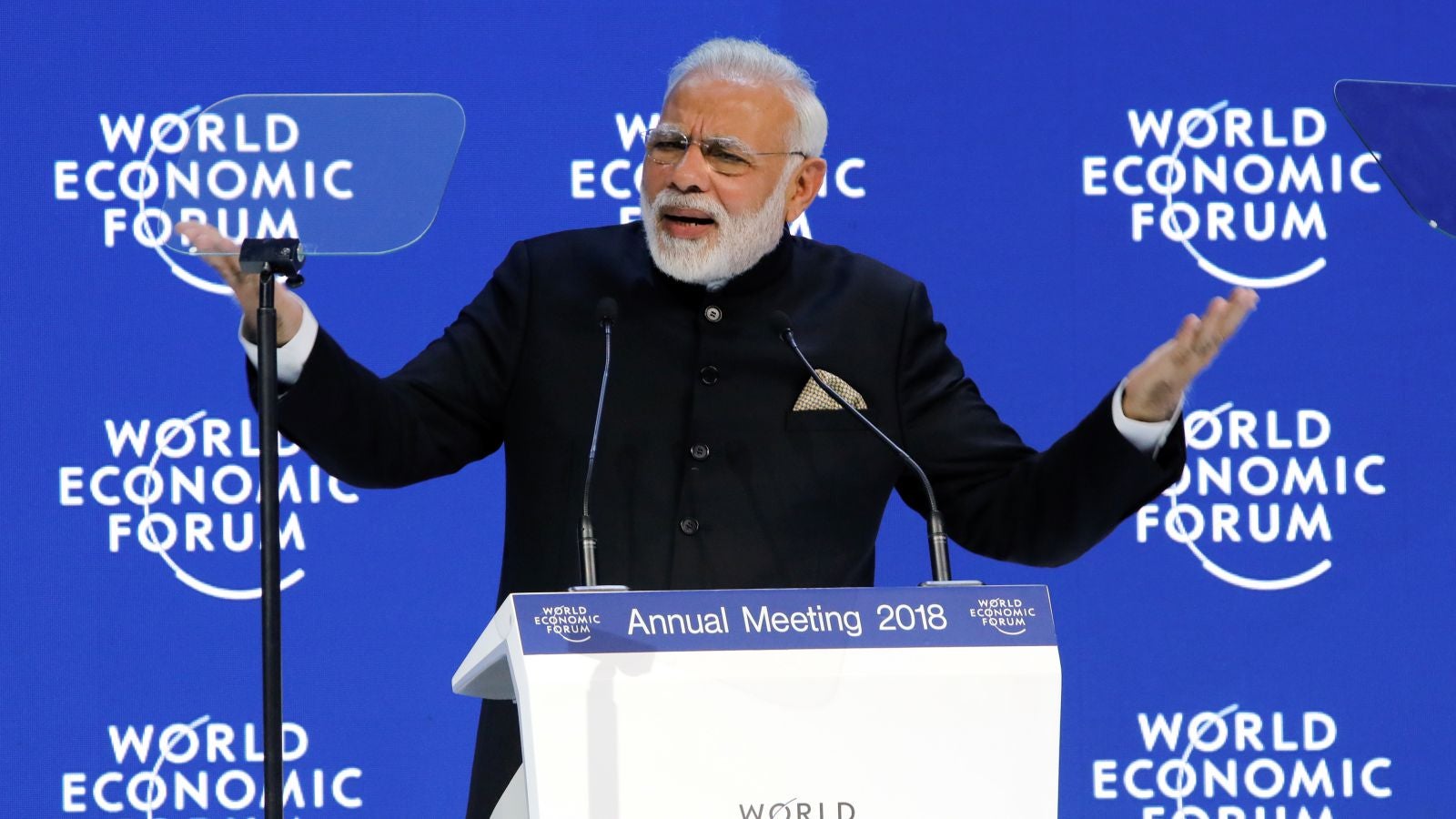Indian companies have scrapped projects worth $117 billion in just one year
The Indian government’s clarion call for more job-creating private investments seems to be falling on deaf ears. Instead, India Inc is mothballing projects at a record pace.


The Indian government’s clarion call for more job-creating private investments seems to be falling on deaf ears. Instead, India Inc is mothballing projects at a record pace.
In the 12 months ending March 2018, India saw an unprecedented number of projects being shelved by companies, according to a report by the Centre for Monitoring Indian Economy (CMIE).
In financial year 2018, investments worth Rs7.63 lakh crore ($117.35 billion) were scrapped, over 40% (worth Rs3.3 lakh crore) of which were dropped in the last three months alone, the report said.
What’s happening?
“Till a few years ago projects were getting delayed because there were hurdles in getting regulatory approvals,” Devendra Kumar Pant, chief economist at India Ratings & Research, told Quartz. “Now planned projects are not taking off because there is a lack of demand due to subdued economic growth.”
Most companies were using only 71.8% of their existing capacities, according to a Reserve Bank of India (RBI) survey conducted towards the end of the July-September 2017 quarter. In such a scenario, adding more factories and manufacturing units may not be viable.
“(In) sectors where demand has still not picked up and there is overcapacity, such as power or steel, we have seen new projects being put on hold,” said another analyst at a credit rating firm, requesting anonymity.
In the power sector, for instance, there is surplus supply. This has affected the distribution companies’ financial position. Similarly, rising input costs and falling demand have taken the wind out of the steel sector. Therefore, companies in the power and steel sector are unlikely to take up any new projects in the coming months.
Overall, with output and new orders declining, manufacturing activity in March grew at the slowest pace in the last five months, the Nikkei India manufacturing Purchasing Managers’ Index (PMI), compiled by IHS Markit, showed.
Mounting debt and languid demand have also resulted in subdued growth in corporate earnings in the last few years. Things worsened in financial year 2018 due to the lingering effect of demonetisation and the introduction of the goods and services tax.
Quarterly profit growth for listed Indian firms fell from 16.4% in the January to March quarter last year to a negative 13.9% in the October to December quarter, according to the CMIE data.
Tepid demand and slow sales have, in turn, added to the massive debt pile. At the end of March 2017, India’s corporate debt inched up to a seven-year high, underlining their stress levels.
As corporates hold back investments, employment generation and demand growth are stunted. “PMI employment data signalled warning signs in the labour market as jobs growth was not sustained in March amid reports of spare operating capacity,” said Aashna Dodhia, an economist at IHS Markit. This can worsen matters when the economy is already staring at a job crisis with unemployment rising steadily.